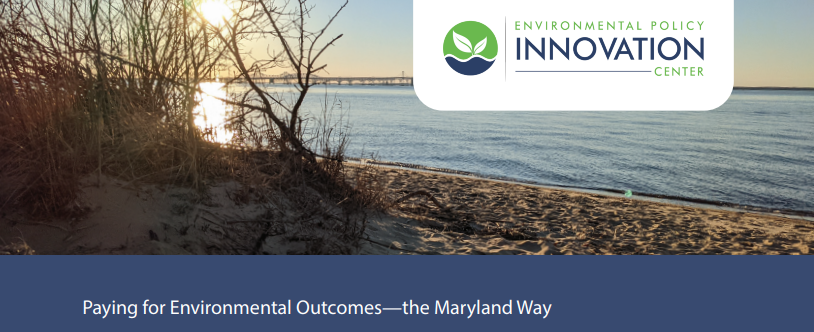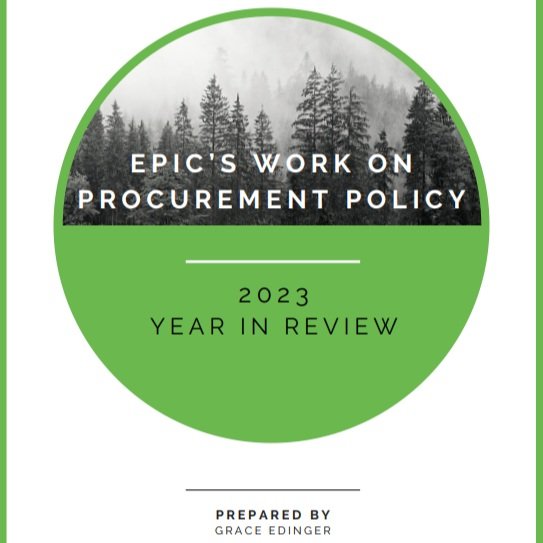Using Procurement & Finance to Accelerate Conservation
What if governments could define and purchase environmental outcomes from ecological restoration projects just like they budget for and purchase computers and desks? We work on federal- and state-level contracting reform that makes it easier for government to define what outcomes they want to purchase and pave the way for efficient delivery of those outcomes. Contracting reform and the development of responsible environmental credit markets can help attract private sector investment in public climate, water, and environmental goals.
Our Initiatives
-
![]()
Buy Environmental Outcomes
Pay for Success is an exciting new way to pay for measurable environmental outcomes. Jurisdictions and stakeholders can buy environmental services just like buying goods. This has the potential to generate faster and cheaper delivery of environmental services such as clean water and stream restoration than status quo approaches. Faced with clunky and outdated environmental legislation that favors process over innovation, we work to uncover the best Pay for Success stories and iterate on the model to make it work for conservation in more places with better outcomes.
-
![]()
Enable Conservation Finance
While private conservation finance has played a secondary role over the last 20 years in delivering more than $4.2 billion in capital compared to tens of billions in public spending, private finance has significant room to grow over the next decade. It’s also not just a funding source. Approaches through which private capital are deployed can dramatically improve the cost-effectiveness of public funding, can support innovation to a greater degree than public funds, and facilitate greater lending capacity so that restoration happens much faster. Each of these secondary strengths of private capital increase the long-term benefits of conservation action. Over the next 20 years, private, profit-seeking capital is likely to continue to revolutionize the speed and types of conservation progress we can achieve, from climate resilience and energy transformation to ecological restoration.
-
![]()
Expand Environmental Markets
Environmental markets make it possible to reduce and compensate for impacts to water quality, biodiversity and threatened species. Nutrient trading mitigates water quality impacts through buying credits from entities that are actively restoring waterways and reducing nutrient impacts. Major environmental policies such as the Clean Water Act and Endangered Species Act already drive much of our nation’s environmental markets, and drive us toward Net Zero Mitigation.
-
![]()
Accelerate Government Conservation Investment
The benefits of federal land acquisition and conservation for the public good are increasingly obvious - air and water quality, climate change mitigation, wildlife habitat, and human health and recreation to name a few - just as development pressures on America’s lands grow.
Publications

Blogs
Our Principles
-
Simplifying Contracting.
Rather than treating environmental project like service delivery, they should be considered commodities that buyers of environmental outcomes can order and pay for when they are delivered.
-
Define Environmental Outcomes.
Most major conservation laws – for example for endangered wildlife, clean water, and environmental planning – were written at a time when data on conservation outcomes were hard to come by, difficult for the public to find, and difficult to understand. But now we live in a world full of data and analytical tools. Government RFPs can define and quantify environmental outcomes such as feet of restored stream, acres of habitat, and nutrient pollution reductions, opening the door to creative delivery of measurable outcomes by the private sector.
-
Shift Risk to the Private Sector.
Government should identify and quantify its desirable environmental outcomes and then get out of the way. The restoration economy has been growing steadily and today the private sector can deliver large-scale restoration projects where payments are made upon delivery of outcomes.

















































